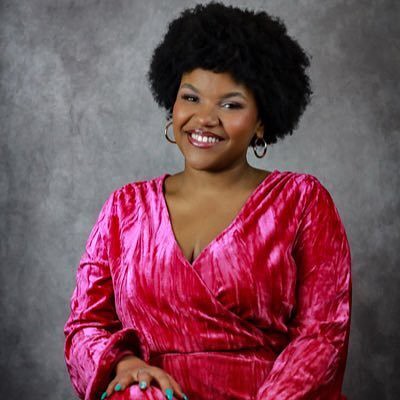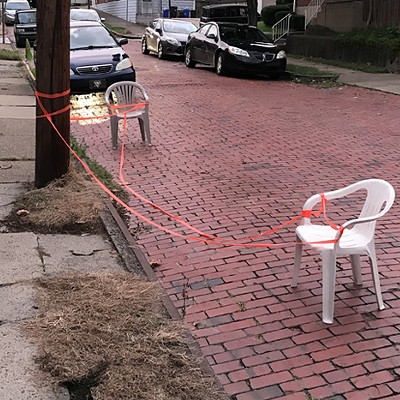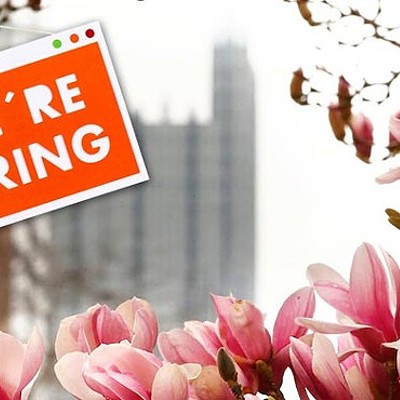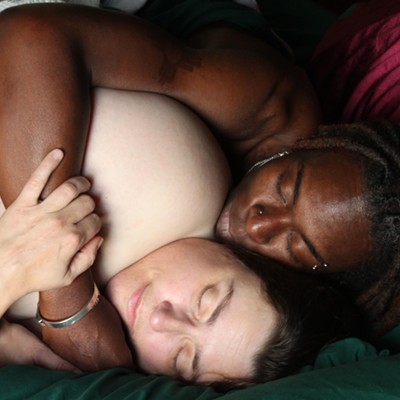The textbooks of my childhood were not inclusive of the women artists, activists, and authors that positively impacted Brown and Black people like me. As a young adult, Black History Month was recognized by only a few states, had no presence in my Massachusetts high school or Pennsylvania undergraduate college. My attention to this missing history piqued as a graduate student when I was able to intentionally choose topics relating to women leaders in history or stories about the African-American experience. The more I learned, the more there was to learn; my desire to be a student of Black history was sealed.
One graduate school elective class that I took was called African Americans and the Law. The professor was a petite, soft-spoken white man. I remember immediately feeling disappointment that even a class with "African American" in the title wasn't taught by someone who looked like me, though he was both a smart lawyer and a talented professor. Studying legal briefs for homework assignments mirrored my struggle to understand calculus math problems, so it came down to the final paper to save my grade. I was very interested in learning more about Black people in Pittsburgh, so I did my research on lawyer Robert L. Vann, editor of the Courier newspaper in the early 1900s, covering news in the African-American community. When the professor told me that my primary research was worthy of a book, I was humbled.
That research led me to Henry Ossawa Tanner, an African-American artist born in Pittsburgh whose famous painting was The Banjo Lesson. I loved it and ordered a print from a catalogue to hang in my house, where it remains today. That same catalogue exposed me to women artists whose art mirrored the African-American experience. My grade school history teachers would never believe that I was totally absorbed in learning history. These women, women who looked like me, who liked color and design and were leaders, advocates of their communities, created that connection. As a seamstress and dancer, I was in my element.
Pittsburgh heroines and makers of Black history have bold dreams: Mary Cardwell Dawson, musician, teacher, and founding director of the National Negro Opera Company, devoted her life to bringing opera to African-American audiences. At her Homewood music school, the Cardwell Dawson School of Music, hundreds of African-American youth trained to sing opera in the early 1900s.
Today, a local arts trailblazer to watch is Ayisha Morgan-Lee, founder of Hill Dance Academy Theater, dedicated to training its students in Black dance traditions, developing emerging dance artists, and sustaining the art of dance in Black communities.
I imagine Mary Cardwell Dawson was friends with Madam C. J. Walker, who had her pulse on the Black hair care community in the early 1900s. I learned about her when a theater group from Washington, D.C., Pin Points, came to Pittsburgh to perform 1001 Black Inventions. Walker’s scalp disorder caused her to experiment with products that were less harsh than what was sold in the market and invented her own pomade for textured hair, techniques for brushing curly hair, and tips for proper use of the hot comb. Her real name was Sarah: The name change was a marketing strategy recommended by her husband for the manufacturing business. She became a relentless innovator, philanthropist, and, eventually, a millionaire. During her time in Pittsburgh, she operated a beauty school on Wylie Avenue with her daughter A’Lelia, the Lelia College of Beauty Culture.
Breaking into the Black hair care industry today is local innovator Tamiah Bridgett, therapist turned stylist/educator/hair care specialist. Her desire was to embrace her natural hair and avoid harsh chemicals. Bridgett invented a tool to gently blow dry and lengthen curly hair. She also focused on educating women about hair textures and went on to earn her licenses in both cosmetology and cosmetology education. Executive director and funder of Diversame, Bridgett is reaching women locally and internationally through social media with her trademark, "It’s a Natural Thang." Continuing the passion of Madam C. J. Walker, Bridgett is empowering women to enjoy their coils and curls with safe, healthy solutions.
These women and their stories deserve to be told and shared with future generations, and there are plenty more stories like theirs out there. You just have to be willing to look.















